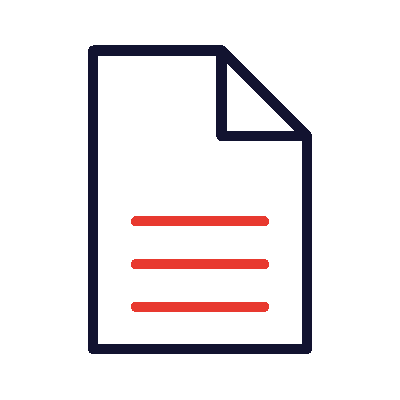
How can Purchase Orders and Accounts Receivables be utilized to access working capital and enhance cash flow?
Factoring is a well-established precedent within the business finance community. It's easily implemented and immediately enhances cash flow predictability.
-
Factoring should be considered an important component of your financing strategy and funding stack.
-
Factoring provides predictable cash flow, however, it does not replace long-term financing needs for growth initiatives, such as acquisitions, facility expansion or major technology upgrades.
-
But by significantly increasing predictable cash flow, without debt, It helps self-fund operating expense, strengthens your financial base, provide liquidity and stability making long term financing easier to obtain when needed.
-
Factoring does not depend on your company's credit or financial Statements but they may be ask for in initial application. Your customer's creditworthiness is the primary factor.
-
Accounts Receivable Factoring does not affect the balance sheet's bottom line but has the beneficial effect of increasing working capital liquidity while maintaining debt/equity, debt utilization, and equity ratio levels.
Regardless of which instrument, a Purchase Order or an Accounts Receivable Invoice, either can be used as collateral to bridge the cash flow gap between the Customers order and the Invoice payment. This type of funding is faster and easier to obtain working capital than a traditional bank loan.
In the Case of Account Receivables
Factoring increases the cash flow velocity by releasing non-productive receivables (the money owed to the business by the customer for the product or service purchased by the customer). Since the invoice has not been paid to the company yet, the Company does not have access to the cash for operating or other business expenses. Factoring releases the idle cash in advance of the customer paying the invoice. Thus, converting idle cash to active cash flow eliminating cash flow uncertainty.
Financing vs. Factoring:
Account Receivable Factoring
is not a loan. It is a sales of the Invoice:
1.) The Funding Company is buying the invoice, which will not burden the Balance Sheet.
2.) Up to 90% of the invoice value is typically released within 24 hours.
3.) The remainder, less the discount (fee), is securely held in reserve until the customer pays the Invoice in full.
4.) The discount ranges from .0055% to 6%, monthly, dependent on your customer's creditworthiness.
5.) The cost of this transaction is the discount on the invoice amount, which serves as compensation for the cash advance and for the Funding company to wait for the payment rather than your company waiting for 30, 60, or 90 days.
The Process
-
Initiate the application procedure to establish your account with the Funding Company.
-
Once approved, forward your invoices to the Funding Company for processing, which include:
-
Assessing the creditworthiness of your customer.
-
Finalizing the purchasing of your invoice.
-
This setup is an initial process only and will be automatic from that point forward. You will have the ability to pick and choose witch invoices you want to submit for advance payment by uploading to a secure portal.
-
The Funding Company releases funds to you, less the Discount.
-
The Funding Company collects payment from your customers per your Invoice’s terms.
-
Once the payment is received, the Funding Company releases the reserve.
Accounts Receivable Financing
Financing Is a loan:
-
Financing is based on the invoiced amount.
-
An important consideration is the creditworthiness of your customers.
-
Customers who are in arrears are not eligible for financing.
-
The Transaction is an unsecured loan, and the discount fees reflect each transaction's risk,
-
The most common Account Receivable/Invoice Financing fee is .05% to 6% monthly.
-
The Process
-
Initiate the Funding Company’s application procedure to establish your account.
-
Once approved, forward your invoices to the Funding Company for processing.
-
Including assessing the creditworthiness of your customer
-
Upon approval of the Customer, the Funding Company releases funds to you, less the Discount, within 24 hours.
-
The Funding Company collects payment from your customers as per your Invoice terms.
-
Once the payment is received, the Funding Company releases the reserve.
Purchase Order Financing
Is a loan.
You can utilize the PO as collateral for Purchase Order Financing:
-
Purchase Order (PO) financing is a viable choice for enterprises experiencing cash flow constraints yet having surge orders that need to be fulfilled. This method involves a loan from the Funding Company contingent on the buyer's recipient of the goods and the producer's (supplier, assembler, or manufacturer) creditworthiness.
-
An example of a typical situation:
-
A business receives a large order from a customer but needs inventory or cash or prepaid deposits to fulfill it. Additionally, they may be concerned about fulfilling additional orders since their money is locked in receivables.
-
Basic Requirement
-
Must have creditworthy customers and suppliers.
-
A minimum of $35,000 in monthly PO's
-
The profit margin should be at least 20% or higher.
-
The PO is for tangible products.



